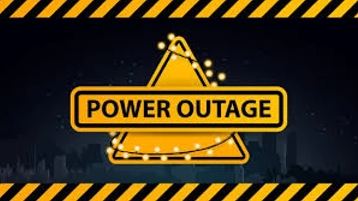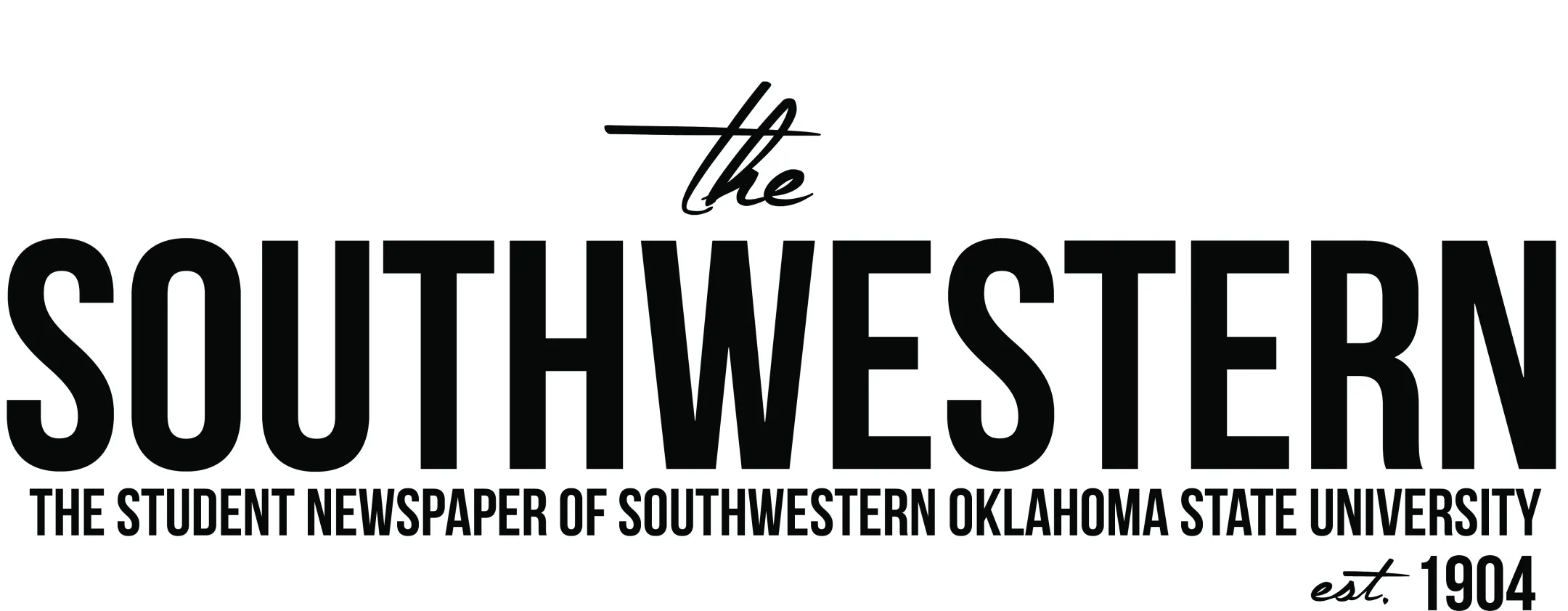Syd’s Survival Guide to power outages

Hi, I’m Syd, the newest addition to the Southwestern newspaper staff. For my first article, I wanted to talk about something we’ve all had trouble facing, especially if living on campus: power outages.
Power outages are inconvenient, not only to students, but also to staff, faculty, and the local community. Because we live in a world of online communication, which has increased due to COVID-19, professors and students alike are relying more and more on technology that is run by the internet.
But what is the protocol for when the power goes out, and school continues to march forward? What happens when protocols and standards for pandemic safety are not being followed? Below is a helpful guide to surviving the power outages and some issues that will be faced.
With the uncertainty of power outages, you will need a few things in your rooms to help you survive.
A major issue for dorm students, or those off-campus as well, is access to drinking water. In the event of another power outage, bottled water is an easy way to be prepared. Portable chargers are great in emergencies to keep all of your devices charged for communication updates.
Prepackaged foods that do not need to be cooked will be beneficial to have on hand. In cold weather, keep heavy blankets or coats near. In the heat, a battery-operated fan will be beneficial.
Moving on to the technological issues and how to deal with those, the real challenge arises. Because we are a technology-based society, we rely heavily on the internet. When the power goes out, so does the internet. What are we, as students and faculty alike, supposed to do when we have classes to continue and no way to communicate? Luckily, we have a few solutions.
Two buildings on Southwestern’s campus have backup generators: the Student Union and the Baptist Collegiate Ministries building across from Stewart Hall. Both offer free internet and a space to work. We are very appreciative of those that work in those buildings for giving students a space to work. While these solutions are a major help to the technological issues of completing coursework, some issues still need to be addressed and potentially improved.
First, there is the real event of Wi-Fi overload that some students, including myself, faced during the power outage that occurred from Wednesday, Oct. 28, to Thursday, Oct. 29. Many students flooded the Student Union to complete online assignments that were still due, and/or were still assigned despite the power outage situation.
As more students spilled into the union, a common theme was occurring: the Wi-Fi provided was not working. In this case, the school-provided Wi-Fi could not hold the capacity of this many students accessing the internet. Several students noticed videos for their lecture classes taking an hour to only download two minutes of the feed, or exams being unable to submit the questions due to the slowness of the internet.
Secondly, there was a lack of communication between Southwestern and the students concerning information discussing power outages and classes the following day. Many students’ anxieties and frustrations were high due to the lack of communication. For students that have early classes, it was a stressful time to not have a clue if their class was meeting the following day.
As a community that has the access to a mass alert system that notifies about weather conditions, class cancellations, and potential school threats, why aren’t we optimizing this system to include updates to power outages? Students shouldn’t have to literally be left in the dark to find out from a GroupMe chat that there are buildings on campus that have backup generators. Nor should they have to be begging for answers like several students did on Southwestern’s post about the latest class cancellation for the current day.
The last major issue is the fact that we are living in a pandemic society. In this era of mask policies and social distancing protocols, the space provided is not large enough to adequately provide social distancing for the student body. As an on-site student, it was clear that safety measures and protocols put in place to protect students were not being followed.
Students sat in large groups without masks and without the provision that food or drink must be within the parties without masks. This is a safety concern to many students on our campus and needs to be addressed to best protect the students and staff.
NOTE: If you are feeling anxiety and frustrations from classes, counseling services are available at a clinic in the Wellness Center.

Sydney Graves joined The Southwestern staff during the fall semester of 2020. She is co-editor-in-chief with Rachel Masson and serves as Campus Life editor....

